Hyundai Tucson vs Nissan Ariya - Differences and prices compared
Costs and Efficiency:
Price and efficiency are often the first things buyers look at. Here it becomes clear which model has the long-term edge – whether at the pump, the plug, or in purchase price.
Hyundai Tucson has a distinct advantage in terms of price – it starts at 30600 £, while the Nissan Ariya costs 37300 £. That’s a price difference of around 6643 £.
As for range, the Nissan Ariya performs significantly better – achieving up to 531 km, about 461 km more than the Hyundai Tucson.
Engine and Performance:
Under the bonnet, it becomes clear which model is tuned for sportiness and which one takes the lead when you hit the accelerator.
When it comes to engine power, the Nissan Ariya has a clearly edge – offering 435 HP compared to 252 HP. That’s roughly 183 HP more horsepower.
In acceleration from 0 to 100 km/h, the Nissan Ariya is clearly quicker – completing the sprint in 5 s, while the Hyundai Tucson takes 7.90 s. That’s about 2.90 s faster.
In terms of top speed, the Hyundai Tucson performs slight better – reaching 204 km/h, while the Nissan Ariya tops out at 200 km/h. The difference is around 4 km/h.
There’s also a difference in torque: Nissan Ariya pulls noticeable stronger with 600 Nm compared to 379 Nm. That’s about 221 Nm difference.
Space and Everyday Use:
Whether family car or daily driver – which one offers more room, flexibility and comfort?
Seats: offers more seating capacity – vs .
In curb weight, Hyundai Tucson is clearly perceptible lighter – 1542 kg compared to 1980 kg. The difference is around 438 kg.
In terms of boot space, the Hyundai Tucson offers clearly perceptible more room – 620 L compared to 468 L. That’s a difference of about 152 L.
In maximum load capacity, the Hyundai Tucson performs clearly perceptible better – up to 1799 L, which is about 449 L more than the Nissan Ariya.
When it comes to payload, Hyundai Tucson clearly perceptible takes the win – 545 kg compared to 420 kg. That’s a difference of about 125 kg.
Who wins the race?
The Nissan Ariya proves to be dominates this comparison and therefore becomes our DriveDuel Champion!
Nissan Ariya is the better all-rounder in this comparison.
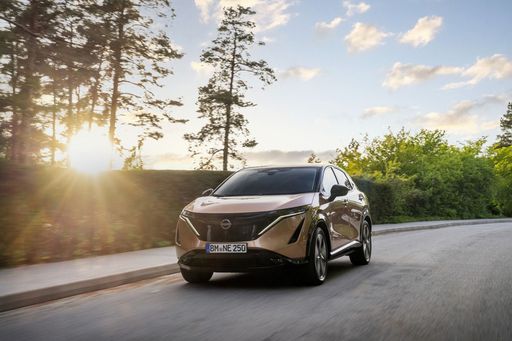 @ Nissan Motor Corporation
@ Nissan Motor Corporation
Nissan Ariya
Costs and Consumption
View detailed analysis
Engine and Performance
View detailed analysis
Dimensions and Body
View detailed analysis
Hyundai Tucson
Hyundai Tucson marries bold, sculpted looks with a clever, roomy cabin that feels smarter than its price tag suggests. It's composed on the road, easy to live with day-to-day, and a sensible choice for buyers who want SUV style without the showroom theatrics.
details @ Hyundai Motor Company
@ Hyundai Motor Company
 @ Hyundai Motor Company
@ Hyundai Motor Company
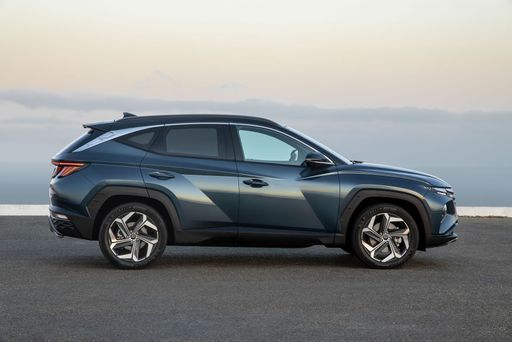 @ Hyundai Motor Company
@ Hyundai Motor Company
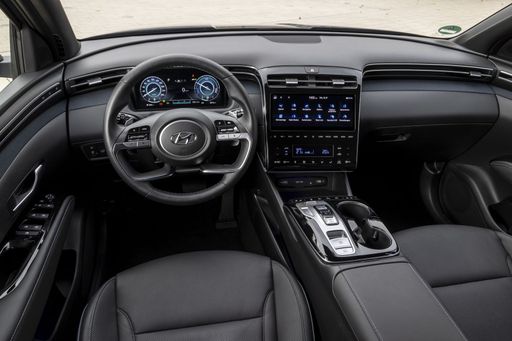 @ Hyundai Motor Company
@ Hyundai Motor Company
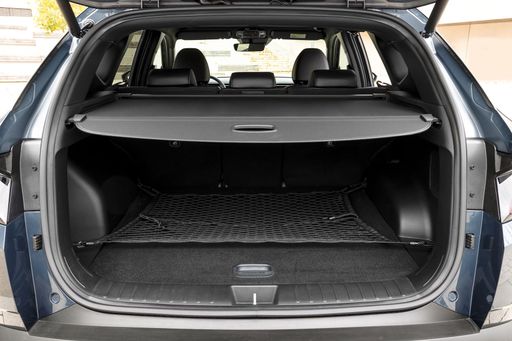 @ Hyundai Motor Company
@ Hyundai Motor Company
Nissan Ariya
The Nissan Ariya wraps futuristic, sculpted styling around a calm, high-tech cabin, making the switch to electric feel surprisingly easy and grown-up. It’s a comfortable, sensible EV that favors everyday usability and clever packaging over headline-grabbing theatrics — ideal for buyers who want an elegant, low-fuss electric car without the ego.
details @ Nissan Motor Corporation
@ Nissan Motor Corporation
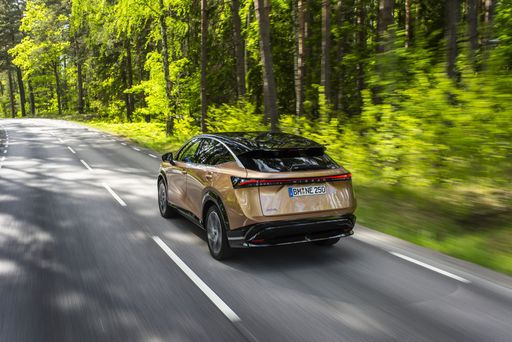 @ Nissan Motor Corporation
@ Nissan Motor Corporation
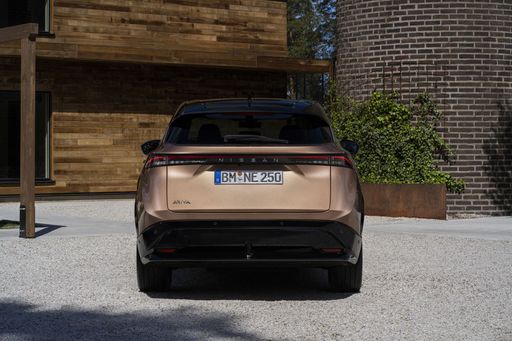 @ Nissan Motor Corporation
@ Nissan Motor Corporation
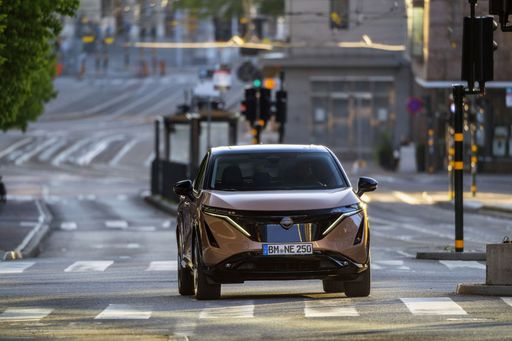 @ Nissan Motor Corporation
@ Nissan Motor Corporation
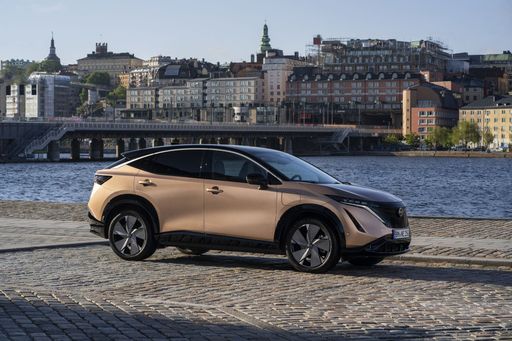 @ Nissan Motor Corporation
@ Nissan Motor Corporation
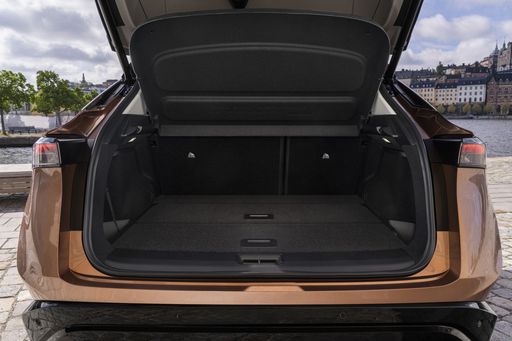 @ Nissan Motor Corporation
@ Nissan Motor Corporation
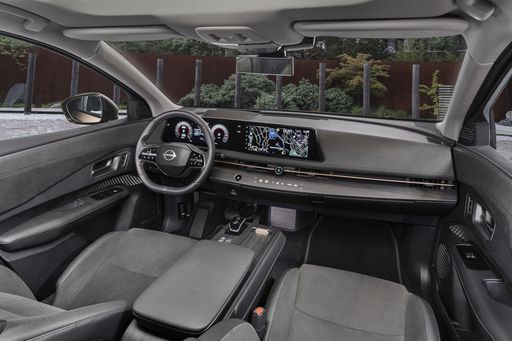 @ Nissan Motor Corporation
@ Nissan Motor Corporation
 @ Hyundai Motor Company
@ Hyundai Motor Company
|
 @ Nissan Motor Corporation
@ Nissan Motor Corporation
|
|
|
|
Costs and Consumption |
|
|---|---|
|
Price
30600 - 46300 £
|
Price
37300 - 54800 £
|
|
Consumption L/100km
1 - 7.6 L
|
Consumption L/100km
-
|
|
Consumption kWh/100km
-
|
Consumption kWh/100km
17.7 - 24.5 kWh
|
|
Electric Range
64 - 70 km
|
Electric Range
402 - 531 km
|
|
Battery Capacity
-
|
Battery Capacity
63 - 87 kWh
|
|
co2
22 - 172 g/km
|
co2
0 g/km
|
|
Fuel tank capacity
42 - 54 L
|
Fuel tank capacity
-
|
Dimensions and Body |
|
|---|---|
|
Body Type
SUV
|
Body Type
SUV
|
|
Seats
5
|
Seats
5
|
|
Doors
5
|
Doors
5
|
|
Curb weight
1542 - 1889 kg
|
Curb weight
1980 - 2277 kg
|
|
Trunk capacity
546 - 620 L
|
Trunk capacity
415 - 468 L
|
|
Length
4510 - 4535 mm
|
Length
4595 mm
|
|
Width
1865 mm
|
Width
1850 mm
|
|
Height
1650 mm
|
Height
1650 mm
|
|
Max trunk capacity
1721 - 1799 L
|
Max trunk capacity
1280 - 1350 L
|
|
Payload
523 - 545 kg
|
Payload
363 - 420 kg
|
Engine and Performance |
|
|---|---|
|
Engine Type
Diesel MHEV, Plugin Hybrid, Petrol, Full Hybrid
|
Engine Type
Electric
|
|
Transmission
Automatic, Manuel
|
Transmission
Automatic
|
|
Transmission Detail
Dual-Clutch Automatic, Automatic Gearbox, Manual Gearbox
|
Transmission Detail
Reduction Gearbox
|
|
Drive Type
Front-Wheel Drive, All-Wheel Drive
|
Drive Type
Front-Wheel Drive, All-Wheel Drive
|
|
Power HP
136 - 252 HP
|
Power HP
218 - 435 HP
|
|
Acceleration 0-100km/h
7.9 - 11.6 s
|
Acceleration 0-100km/h
5 - 7.6 s
|
|
Max Speed
180 - 204 km/h
|
Max Speed
160 - 200 km/h
|
|
Torque
250 - 379 Nm
|
Torque
300 - 600 Nm
|
|
Number of Cylinders
4
|
Number of Cylinders
-
|
|
Power kW
100 - 185 kW
|
Power kW
160 - 320 kW
|
|
Engine capacity
1598 cm3
|
Engine capacity
-
|
General |
|
|---|---|
|
Model Year
2024 - 2025
|
Model Year
2022 - 2025
|
|
CO2 Efficiency Class
E, B, F, D
|
CO2 Efficiency Class
A
|
|
Brand
Hyundai
|
Brand
Nissan
|
What drive types are available for the Hyundai Tucson?
Available configurations include Front-Wheel Drive or All-Wheel Drive.
The prices and data displayed are estimates based on German list prices and may vary by country. This information is not legally binding.
